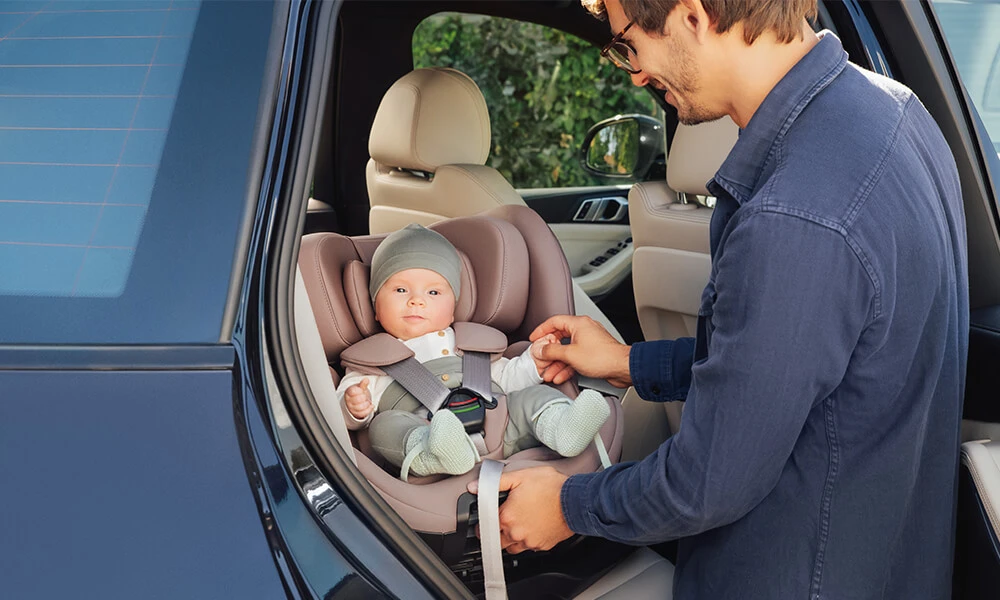Car Sickness in Kids

Parents often find it difficult to pinpoint what exactly is causing their child’s discomfort, especially during travel. Young passengers may struggle with car rides: becoming irritable, complaining of dizziness, or even experiencing vomiting. But how can you tell the difference between a temporary bout of unease and actual motion sickness?
Motion sickness is a fairly common issue in children, but its signs vary greatly depending on age. Infants may even find movement soothing or enjoyable, while older children often begin to show more recognizable symptoms—dizziness, nausea, or outright refusal to get into the car. That’s why it is important for parents to understand when to take notice, how to interpret the symptoms, and what steps they can take to ease their child’s discomfort on the road.
In this blog, we’ve gathered practical advice from pediatrician Sofiko Parulava to help parents manage their child’s travel-related discomfort more effectively.
When should you suspect motion sickness?
Identifying motion sickness in infants is not easy. If a baby under one year old shows signs of discomfort during travel, it doesn’t necessarily mean they are experiencing motion sickness. In many cases, it may simply be a natural reaction after feeding or the result of reflux. In fact, rhythmic rocking movements often soothe babies and can even be pleasurable for them. For this reason, symptoms in infants under 12 months rarely point to true motion sickness.
When do the signs become clearer?
As a child grows, the condition becomes easier to recognize. If your little one dislikes car rides, frequently complains of dizziness, shows clear signs of discomfort, or refuses to travel altogether, these may all indicate genuine motion sickness.
The underlying cause is simple: a child’s brain cannot always keep pace with the sensory input of a moving vehicle, leading to a loss of balance accompanied by dizziness and nausea.
Treatment options by age
According to pediatrician Sofiko Parulava, the management of motion sickness depends largely on the child’s age:
- Under 1 year – No medication is required. Focus on ensuring a calm journey, a comfortable environment, and, if needed, frequent breaks;
- From 2 years – Consult a physician, who will determine whether medication is appropriate;
- From 4 years – It is possible to use child-friendly anti-nausea lozenges as well as special wristbands designed to reduce nausea.
It is important to remember that no method provides 100% protection against motion sickness.
Practical tips for parents
Since motion sickness also has a psychological component, it is essential to help children gradually adjust to traveling and feel that the car is a safe and comfortable space. Parents can take a few simple steps to support this process:
- Use a certified baby car seat;
- Avoid overly winding roads whenever possible;
- On long trips, schedule breaks so the child can rest and take in their surroundings;
- Maintain a calm, comfortable atmosphere inside the car;
- Avoid overfeeding before travel;
- Reassure the child by explaining that car travel is safe.
Motion sickness in children is fairly common, but in most cases it is temporary and improves with age. The key is for parents to recognize the symptoms correctly, avoid self-medicating, and seek professional advice when necessary. Over time, children usually learn to perceive the car as a safe space, making family trips far more enjoyable and stress-free.


